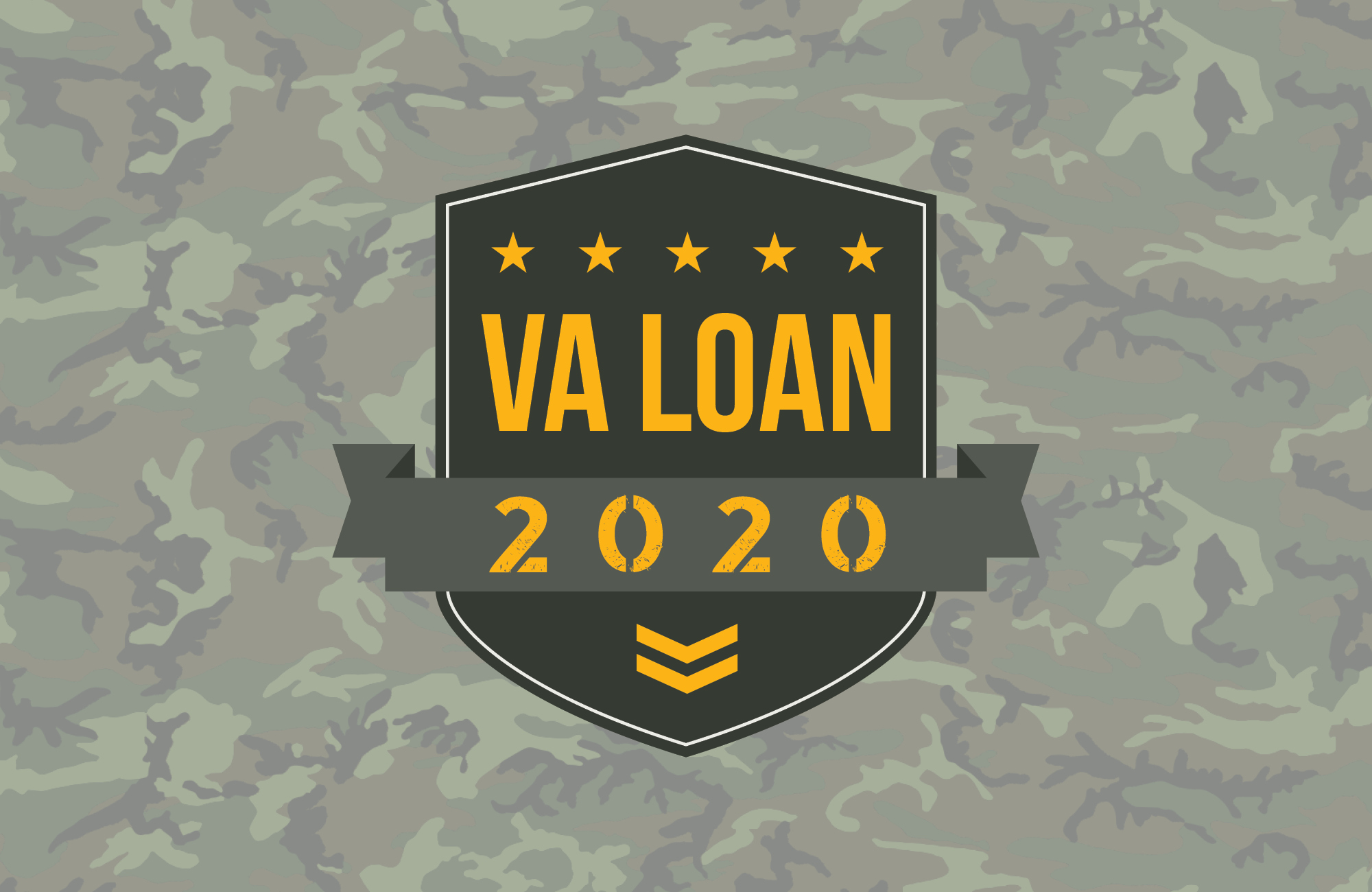
4 Things to Know about a VA Loans in 2020
4 Things to Know about a VA Loans in 2020
If you’re a Veteran, active duty member or reservist, there are certain changes to the VA Loan rolling out in 2020 that you should know, especially If you’re looking to purchase a new home in the upcoming year.
1. No more loan limits
Under the Blue Water Navy Vietnam Veterans Act of 2019, the VA Loan limit will be eliminated on January 1, 2020. This means that those eligible may borrow more money for their home purchase without making a down payment.
While this means that active-duty members, reservists, and veterans can buy a more expensive home with nothing down, they must still prove that they reach the minimum credit requirements, have enough income to comfortably make the minimum payments, and that the homes appraised value matches the purchase price.
Under current rules, borrowers eligible for a Jumbo VA Loan can still borrow over the $484,350 limit (or up to $726,525 in high-cost areas), however, they are required to make a down payment of 25% of the amount borrowed over the limit.
For example, if you want to purchase a home for $584,350 in an area where the limit is $484,350, then you would be responsible for a down payment of 25% of $100,000, or $25,000.
Under the new law, those down payment requirements are eliminated.
2. Still not required to pay Private Mortgage Insurance
One reason that the VA loan remains one of the best benefits available to service members and veterans is that borrowers are not required to pay costly private mortgage insurance, which is typically required when putting less than 20% down on a loan. This saves VA borrowers up to hundreds of dollars per month alone.
3. Funding fee increases and changes
While eligible VA borrowers will no longer need to pay the down payment, they are still required to pay a “funding fee.” Eligible borrowers will, however, need to pay the upfront funding fee, which has slightly increased under the same law. In most cases, the funding fee can be rolled into your loan amount.
Under the previous law, the funding fee varied depending on whether you served as active duty or a reservist. The new law makes the funding fee the same, no matter which branch of the military you served under.
Below is the funding fee chart, which highlights the funding fee incurred by borrowers, depending on: Loan type, down payment amount, and how many times they’ve used their VA loan benefit.

The funding fee helps to pay for the VA Loan program, which is self-funded and does not use tax dollars or funds from other VA programs.
According to the bill, the slight increase in fees was created to help finance health care costs for Veterans affected by Agent Orange exposure as a result of their service in Vietnam.
4. Funding fee waived for active duty Purple Heart recipients
Under current rules, veterans receiving any disability income from the VA are exempt from paying the funding fee. Starting on Jan. 1 2020, Purple Heart recipients who are still serving on active duty will also be exempt from paying the funding fee.
Source: Benefits.va.gov
The information contained herein (including but not limited to any description of lending programs and products, eligibility criteria, interest rates, fees and all other loan terms) is subject to change without notice. This is not a commitment to lend.
< Go Back
